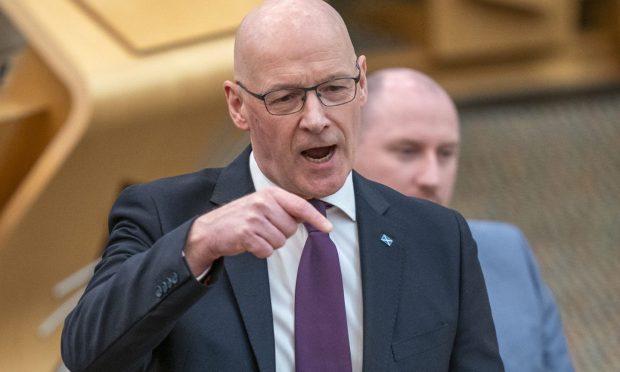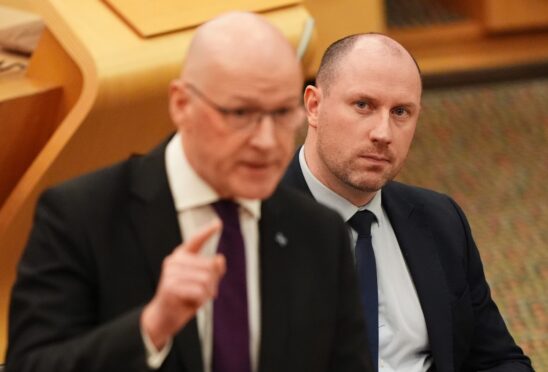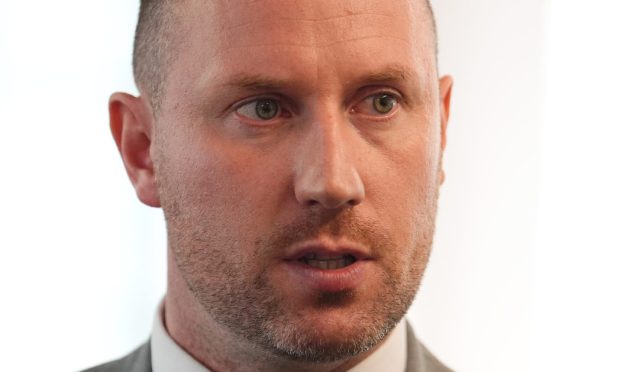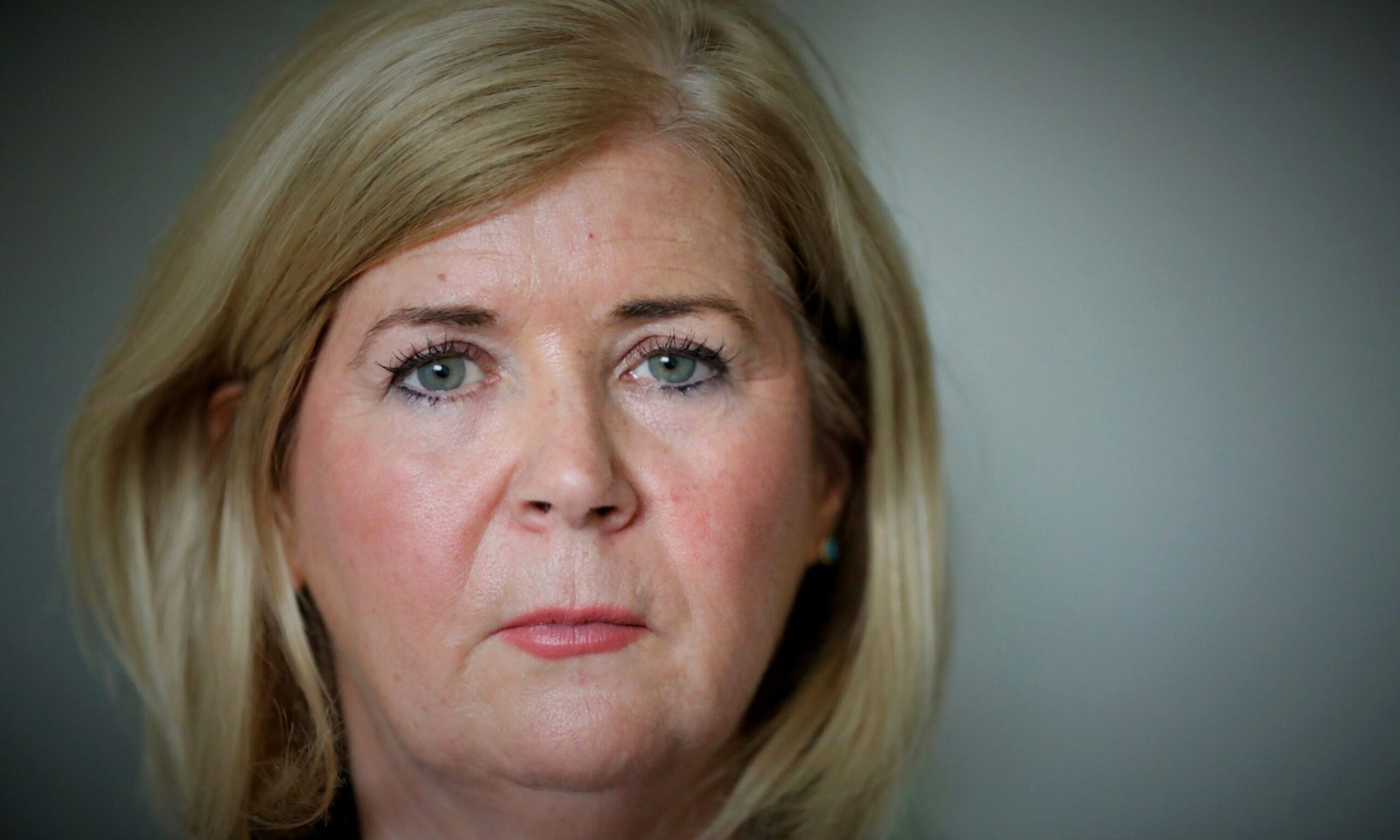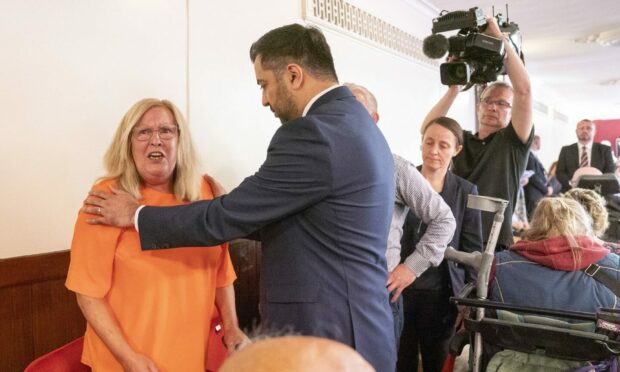A shortage of surgeons is leaving Tayside patients waiting months for treatment, says an NHS boss.
The number of patients in the region who had their treatment delayed beyond the 12-week target has nearly doubled in a year, according to official figures.
There were 1,105 people in Tayside waiting longer than the legally-defined limit for inpatient and day case treatment between July and September this year.
That compares with 589 in the same period in 2015, the Scottish Government figures published on Tuesday reveal.
Dr Alan Cook, the medical director for NHS Tayside’s operational unit, said staffing shortages mean the target cannot be achieved for everyone.
“NHS Tayside makes every effort to meet the treatment time guarantee (TTG),” he told The Courier.
“However this is unfortunately not currently possible for all patients due to a number of factors including a national shortage of consultants in some surgical specialities.
“NHS Tayside continues to invest resources to ensure that as many patients as possible are seen within 84 days for inpatient elective treatment.”
In 2011, Holyrood established a legal right for eligible patients – those who have to stay overnight as inpatients or have more involved daytime procedures than outpatients – to receive their treatment a maximum of 12 weeks after it was planned.
Willie Rennie, the Scottish Liberal Democrats leader, said the 12-week treatment time guarantee figures have gone from “disappointing to dreadful” and are at an all-time low.
“The expectation that patients will be treated within 12 weeks of a referral has been missed for far too long. It is a damning indictment of the SNP’s stewardship of our NHS,” he added.
Health Secretary Shona Robison said the “performance of our hospitals in scheduled care is simply short of what we expect”.
She unveiled a new strategy on Tuesday to ease pressure on hospitals amid rising demand for services.
“Our NHS must continually evolve to meet the increasing demands it faces,” she added.
“Today I am setting out a plan to ensure people get seen by the most appropriate health professional, often closer to home and ending many repeated, unnecessary trips to hospital.”






